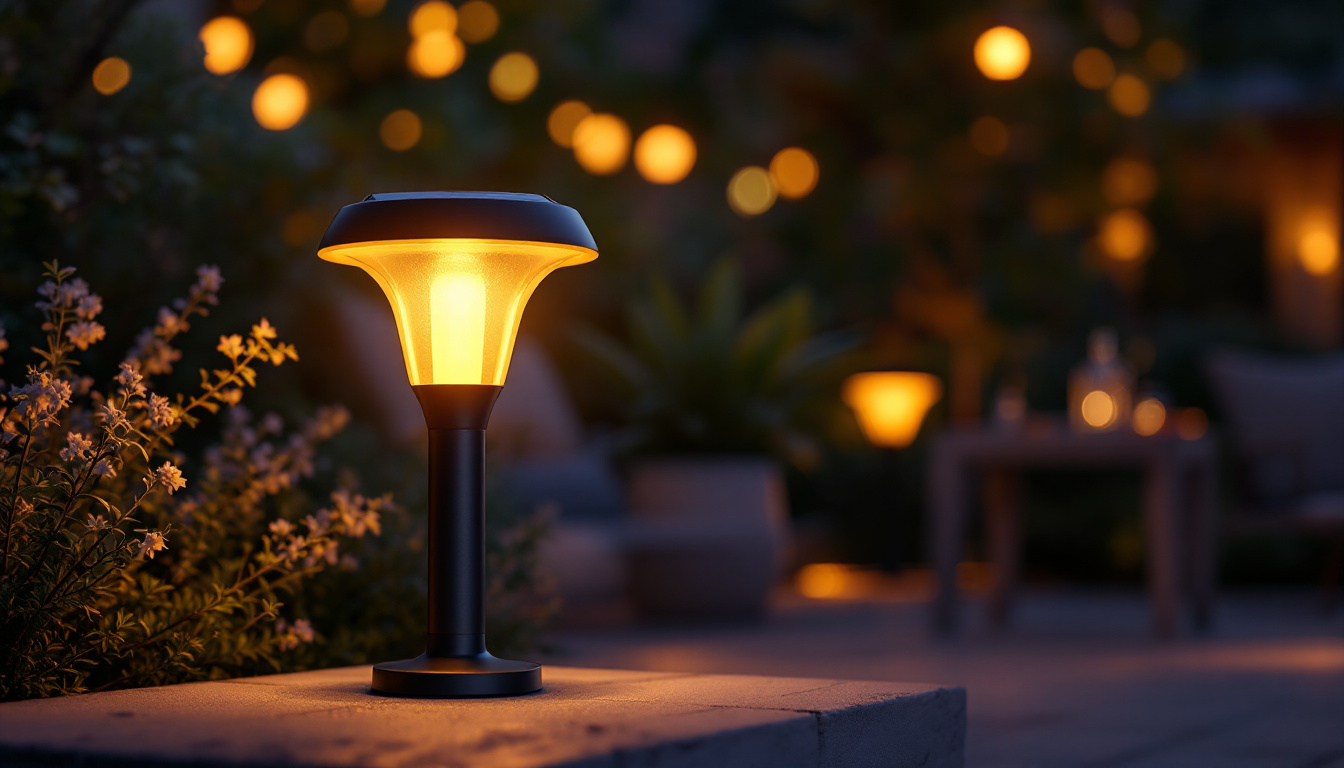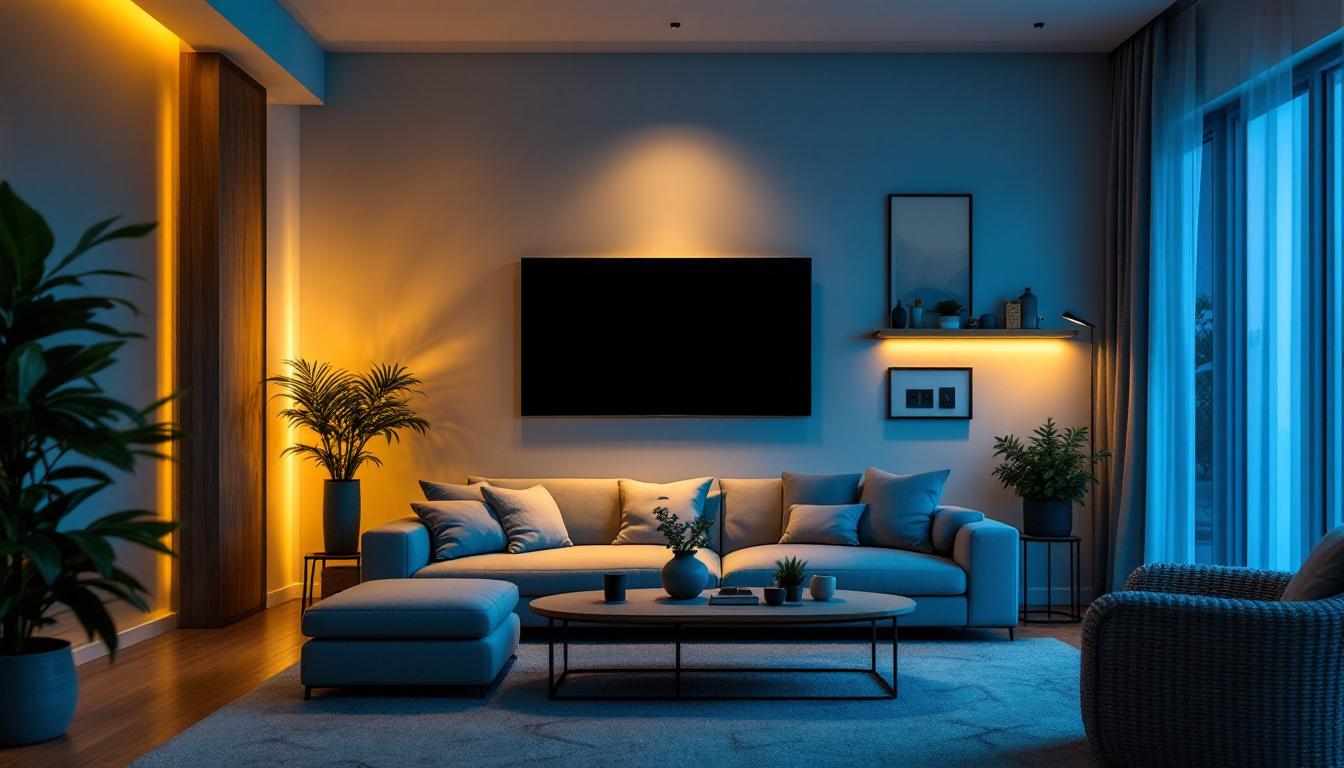
As the demand for sustainable and energy-efficient lighting solutions continues to rise, solar LED lamps have become a popular choice for outdoor lighting projects. For lighting professionals, understanding the essential components and considerations when selecting and installing these lamps is crucial. This article provides a comprehensive checklist designed specifically for lighting contractors, ensuring that every project meets the highest standards of quality and efficiency.
Before diving into the specifics of installation and selection, it is important to grasp the fundamental technology behind solar LED lamps. These lamps utilize solar panels to convert sunlight into electricity, which is then stored in batteries for nighttime use. The integration of LED technology enhances energy efficiency, providing bright illumination while consuming minimal power. This combination not only contributes to reduced energy bills but also supports sustainable practices, making solar LED technology an appealing choice for eco-conscious consumers.
Solar LED lamps consist of several key components, each playing a vital role in their functionality. Understanding these components will aid lighting professionals in making informed decisions during the selection process. Each element is designed to work harmoniously, ensuring that the lamp operates efficiently and reliably, even in varying weather conditions.
Solar LED lamps offer numerous advantages that make them an attractive option for outdoor lighting. These benefits not only enhance the appeal of solar lamps but also provide significant value to clients. As urban areas become more conscious of their carbon footprint, the demand for solar lighting solutions continues to rise, reflecting a shift towards greener technologies.
Moreover, the aesthetic appeal of solar LED lamps has evolved significantly, with designs ranging from sleek modern fixtures to decorative lanterns that can complement any architectural style. This versatility not only enhances the functionality of outdoor spaces but also contributes to the overall ambiance, making them a popular choice for homeowners and businesses alike. Additionally, many solar LED lamps now come equipped with smart technology, allowing users to control lighting remotely or set schedules, further increasing their practicality in everyday use.
When selecting solar LED lamps, lighting professionals should consider several factors to ensure optimal performance and longevity. This section outlines the critical aspects to evaluate during the selection process.
The brightness of a solar LED lamp is measured in lumens. Depending on the intended application, the required lumen output may vary significantly. For instance, pathway lighting may require around 100-200 lumens, while security lighting may need upwards of 800 lumens.
It is essential to assess the area that needs illumination and choose lamps that provide sufficient brightness without causing light pollution. Additionally, consider the color temperature of the LEDs, as warmer tones can create a cozy atmosphere, while cooler tones are better for security and visibility.
The battery capacity directly affects how long the lamp can operate during the night. A higher capacity allows for extended illumination, especially during cloudy days when solar charging may be less effective. Lithium-ion batteries are often preferred due to their longer lifespan and better performance in varying temperatures.
Moreover, consider the battery’s discharge rate, as this will determine how quickly it can power the LED lights. A battery that discharges too quickly may lead to inadequate lighting during the night, defeating the purpose of the installation.
outdoor solar LED lamps must withstand various environmental conditions, including rain, snow, and extreme temperatures. When selecting lamps, look for those with a high IP (Ingress Protection) rating, which indicates their resistance to dust and moisture.
Materials used in construction also play a crucial role in durability. Aluminum and high-grade plastics are commonly used for their lightweight and corrosion-resistant properties. Investing in durable products will ensure longevity and reduce the need for replacements.
Proper installation is critical for the optimal performance of solar LED lamps. Following best practices can enhance the effectiveness of the lighting solution and ensure client satisfaction.
Before installation, conduct a thorough site assessment to identify the best locations for the solar lamps. Consider factors such as sunlight exposure, potential obstructions, and the intended purpose of the lighting. Areas with ample sunlight will ensure that the solar panels receive adequate energy for charging.
Additionally, evaluate the surrounding landscape. Trees, buildings, and other structures can cast shadows, reducing the efficiency of the solar panels. It may be necessary to trim branches or relocate the lamps to optimize sunlight exposure.
The placement and angle of the solar panels are crucial for maximizing energy absorption. Ideally, solar panels should face south (in the northern hemisphere) to capture the most sunlight throughout the day. Adjusting the angle of the panels can also enhance their efficiency, particularly in regions with varying sun angles throughout the year.
When installing the lamps, ensure they are positioned at the appropriate height to provide optimal illumination without causing glare or obstructing pathways. Consider local regulations regarding light placement and height to avoid potential issues.
After installation, conduct a thorough test of the solar LED lamps to ensure they function as intended. Check the brightness levels during the night and assess whether the lamps are adequately illuminating the desired areas.
If any lamps are underperforming, adjustments may be necessary. This could involve repositioning the lamps, cleaning the solar panels, or replacing batteries. Regular testing and maintenance can help identify issues early and prolong the lifespan of the lighting solution.
While solar LED lamps require minimal maintenance, regular checks are essential to ensure they continue to operate efficiently. Understanding common issues and their solutions can save time and resources for lighting professionals.
Dust, dirt, and debris can accumulate on solar panels, reducing their efficiency. Regular cleaning is essential, especially in areas with high levels of dust or pollen. Use a soft cloth or sponge with mild soap and water to gently clean the panels, avoiding harsh chemicals that could damage the surface.
In addition to cleaning, inspect the panels for any signs of damage or wear. Cracks or discoloration may indicate that the panel needs replacement to maintain optimal performance.
Battery life can be affected by temperature fluctuations and charging cycles. It is advisable to check the batteries periodically for signs of corrosion or damage. If a battery is not holding a charge, it may need to be replaced.
Additionally, consider the battery’s age. Most batteries have a lifespan of 2-5 years, depending on usage and environmental conditions. Keeping track of battery performance can help in planning timely replacements, ensuring continuous operation of the solar lamps.
Lighting professionals should be familiar with common issues that may arise with solar LED lamps. These can include dim lighting, flickering, or lamps not turning on at all. Often, these problems can be traced back to insufficient sunlight exposure, low battery charge, or faulty components.
By systematically troubleshooting these issues, professionals can quickly identify the root cause and implement appropriate solutions. Keeping a record of maintenance and repairs can also help in recognizing patterns and preventing future problems.
Solar LED lamps represent a forward-thinking solution for outdoor lighting, combining sustainability with efficiency. For lighting professionals, understanding the technology, selection criteria, installation best practices, and maintenance requirements is essential for delivering high-quality lighting solutions to clients.
By following this essential checklist, lighting contractors can ensure that their projects not only meet client expectations but also contribute to a greener future. As the industry continues to evolve, staying informed about advancements in solar LED technology will further enhance the capabilities and offerings of lighting professionals.
Ready to elevate your outdoor lighting projects with the efficiency and sustainability of solar LED lamps? At LumenWholesale, we provide lighting professionals like you with the highest quality, spec-grade lighting products at unbeatable wholesale prices. Say goodbye to inflated markups and hello to superior lighting solutions that meet the highest industry standards. With our hassle-free bulk buying and free shipping, you can trust that you’re getting premium lighting at the best value — without any hidden fees. Don’t compromise on quality or cost. Wholesale Lighting at the Best Value is just a click away. Experience the LumenWholesale difference today!

Discover the essentials of lighting control systems for homes with expert insights tailored for lighting contractors.

Discover how weatherproof LED lighting can boost your profitability in lighting installations.

Discover how LED garage ceiling lights are revolutionizing the lighting industry for contractors.

Discover the essentials of boosting your lighting sales in just five minutes.